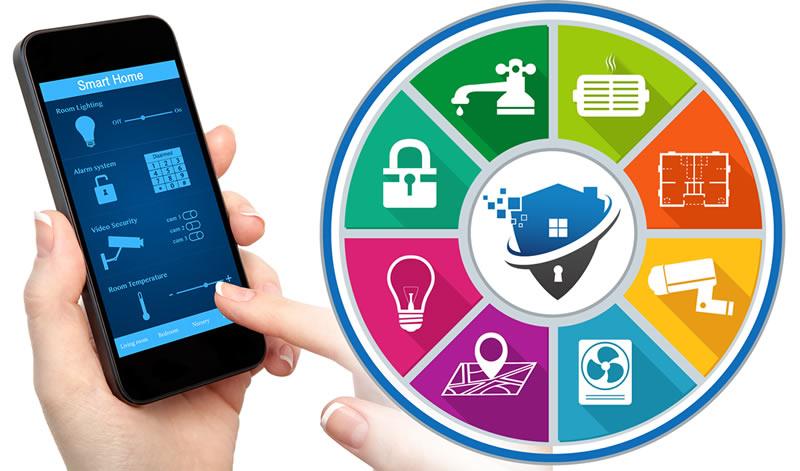In an era where sustainability meets innovation, the modern home has blossomed into a hub of smart technology and eco-friendly practices. As concerns about climate change and rising energy costs loom larger, the desire for efficient living spaces has never been more pressing. Welcome to “Green & Smart: Energy-Saving Home Automation Tips,” where we explore the seamless integration of home automation and sustainability. From intuitive lighting systems that adapt to your lifestyle, to intelligent thermostats that learn your schedules, this article will unveil a range of practical strategies designed to enhance comfort while minimizing energy consumption. Join us as we navigate the intersection of technology and sustainability, transforming your living space into a beacon of efficiency and environmental responsibility.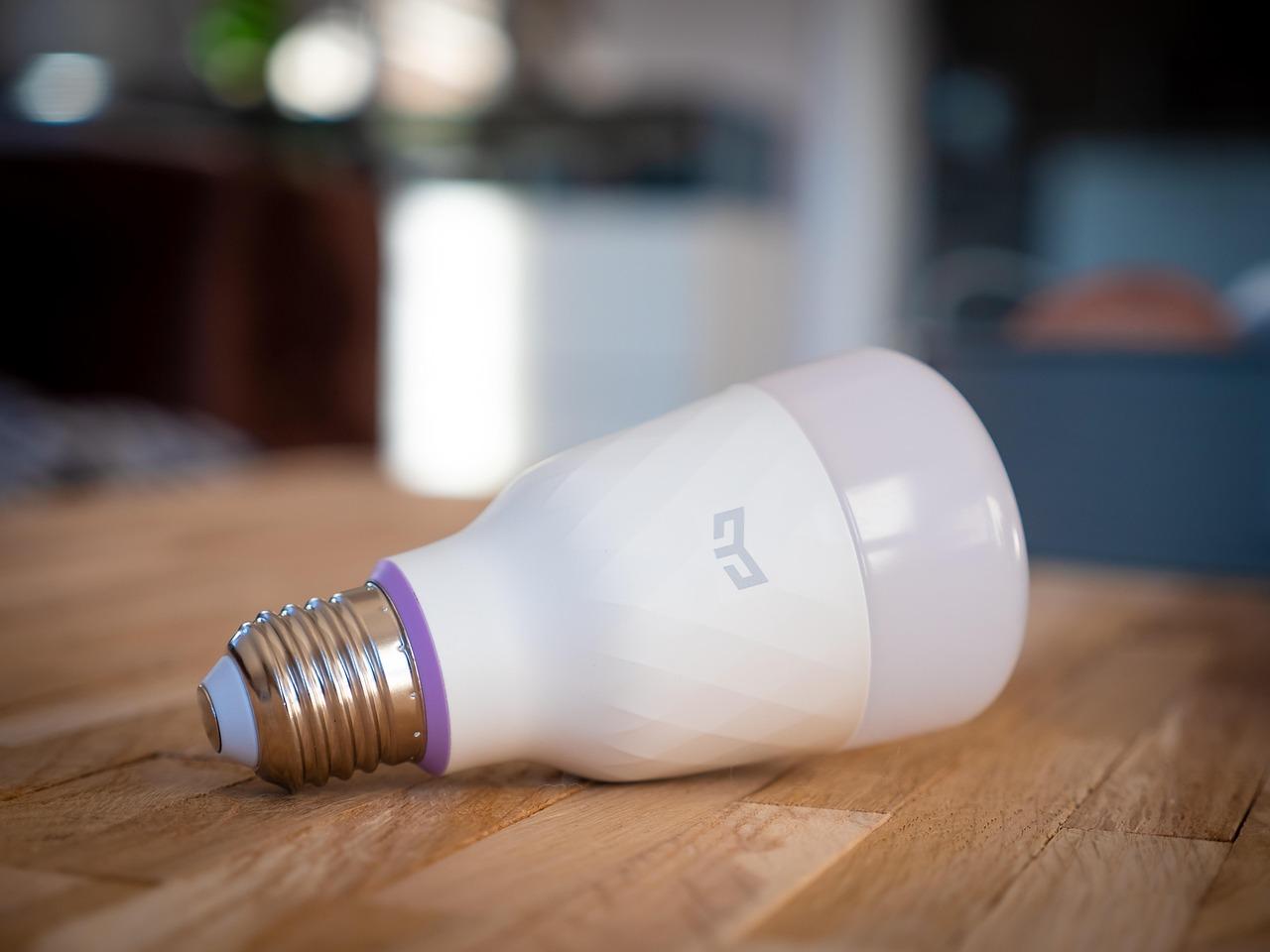
Smart Lighting Solutions for Energy Efficiency
In today’s world, where energy conservation has become imperative, smart lighting solutions stand out as a practical and effective approach. By replacing traditional light bulbs with energy-efficient LED lighting, homeowners can achieve remarkable reductions in energy consumption. Smart bulbs not only use up to 80% less energy but also last longer than their incandescent counterparts. Moreover, they can seamlessly integrate with various home automation systems, allowing for tailored control over lighting based on needs and preferences.
Advanced smart lighting systems enable users to set schedules and automate their lighting based on occupancy and time of day.For instance, you can program your lights to turn on at sunset or dim automatically during movie nights. Such functionalities can significantly minimize unnecessary energy usage. Additionally, motion sensors take this concept further by turning lights off when rooms are unoccupied, ensuring energy isn’t wasted. By customizing lighting in this way, families can create a more energy-conscious home environment.
Another great feature of these systems is their compatibility with voice assistants and smartphone apps, making it easier than ever to manage your home’s lighting from anywhere. Homeowners can adjust brightness, change colors, and even set mood lighting with a simple voice command or a tap of a finger. Here’s a speedy comparison of traditional lighting versus smart lighting regarding energy savings:
| feature | Traditional Lighting | Smart Lighting |
|---|---|---|
| Energy Consumption | 60 watts/bulb | 8-12 watts/bulb |
| Average Lifespan | 1,000 hours | 15,000-25,000 hours |
| Remote Control | No | Yes |
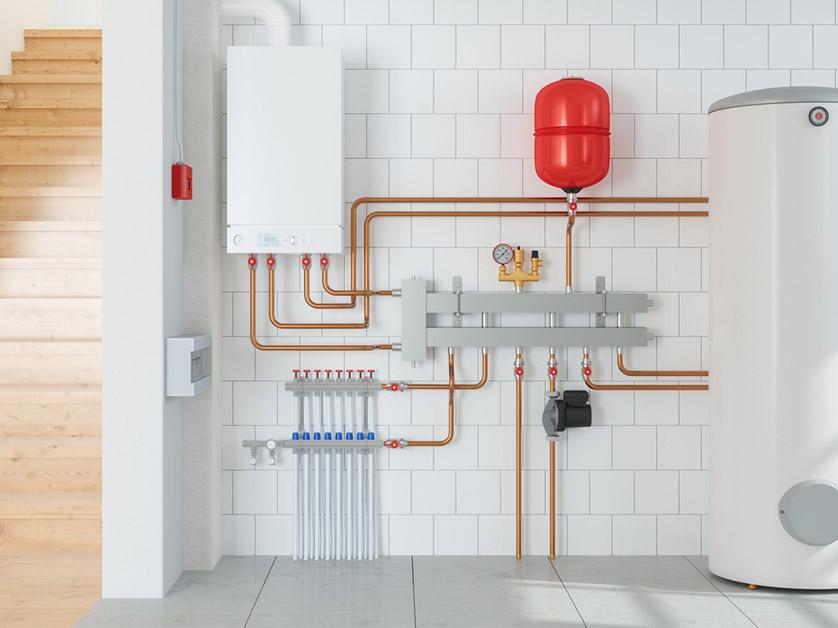
Optimizing Heating and Cooling Systems
To enhance the efficiency of your heating and cooling systems, consider integrating smart thermostats into your home automation setup. These devices learn your family’s schedule and preferences, adjusting temperatures accordingly to maximize comfort while minimizing energy use.Some popular models can even be controlled remotely via smartphone apps, allowing you to adjust settings from anywhere. This not only ensures that you’re not heating or cooling an empty house but also helps you track usage patterns.
Another effective way to optimize your HVAC system is by regularly scheduling maintenance checks. Having a professional inspect your heating and cooling units can identify issues before they become costly repairs. During these inspections, technicians can clean the system, ensuring it functions efficiently. additionally, changing air filters regularly is crucial, as clogged filters can restrict airflow and force your system to work harder.A simple maintenance checklist can look like this:
- Change air filters every 1-3 months
- Schedule professional maintenance at least once a year
- inspect ductwork for leaks
- Clean condenser and evaporator coils
Lastly, consider optimizing the insulation and sealing of your home. Poor insulation can lead to significant energy loss, causing your heating and cooling systems to work overtime. Use weather stripping and caulk to seal leaks around doors and windows effectively.Additionally, a well-insulated attic and walls can dramatically reduce the amount of energy required to maintain a stable indoor temperature. Below is a summary of different insulation types:
| Insulation Type | R-Value** | Best Use |
|---|---|---|
| Fiberglass Batts | 2.9-4.3 per inch | Walls, attics |
| Foam Board | 3.5-6.5 per inch | Basements, exterior walls |
| Spray Foam | 6.0-7.0 per inch | Irregular spaces, attics |
| Blown-in Cellulose | 3.1-3.7 per inch | Attics, hard-to-reach areas |
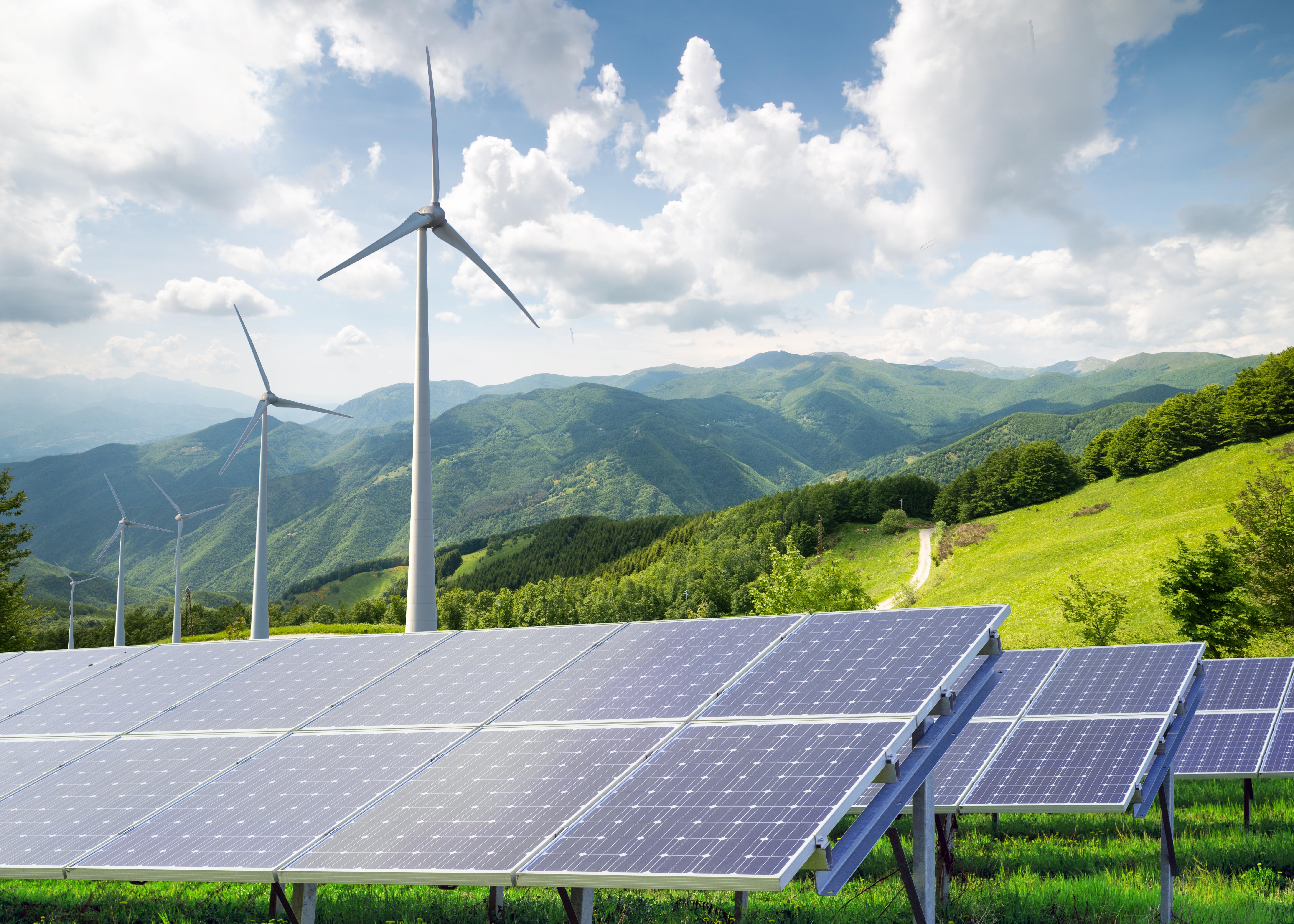
Harnessing Renewable Energy Technologies
Incorporating renewable energy technologies into your home not only reduces your carbon footprint but can also lead to significant cost savings. By harnessing the power of the sun or wind, homeowners can generate their own energy, making them less reliant on traditional power grids. Here are some effective strategies to integrate these technologies:
- Solar Panels: Install photovoltaic panels to convert sunlight into electricity. This can significantly reduce your monthly energy bills.
- Solar Water Heaters: Utilize solar energy to heat water for domestic use, offering a enduring solution for one of the most energy-intensive household needs.
- Wind turbines: If your location permits,small residential wind turbines can supplement your energy requirements,especially in areas with consistent wind flow.
To further enhance energy efficiency, integrating smart technology with renewable systems is essential.Smart home devices can optimize energy use and monitor consumption patterns, providing real-time insights. By employing a smart energy management system,you can:
- Automate energy consumption: Schedule high-energy tasks like laundry or dishwashing during peak sunlight hours when solar energy is abundant.
- monitor performance: Track the efficiency of your renewable energy systems through dedicated apps or devices, ensuring optimal output and timely maintenance.
- Control appliances remotely: Utilize mobile apps to manage energy settings and schedules while away from home, reducing unnecessary consumption.
Investing in renewable technologies and smart home features can lead to a sustainable lifestyle. To help you visualize potential savings, consider the following example of average costs and savings:
| Technology | Installation Cost | Average Savings/Year |
|---|---|---|
| Solar Panels | $15,000 | $1,500 |
| Solar Water Heater | $4,000 | $400 |
| Wind Turbine | $50,000 | $3,000 |
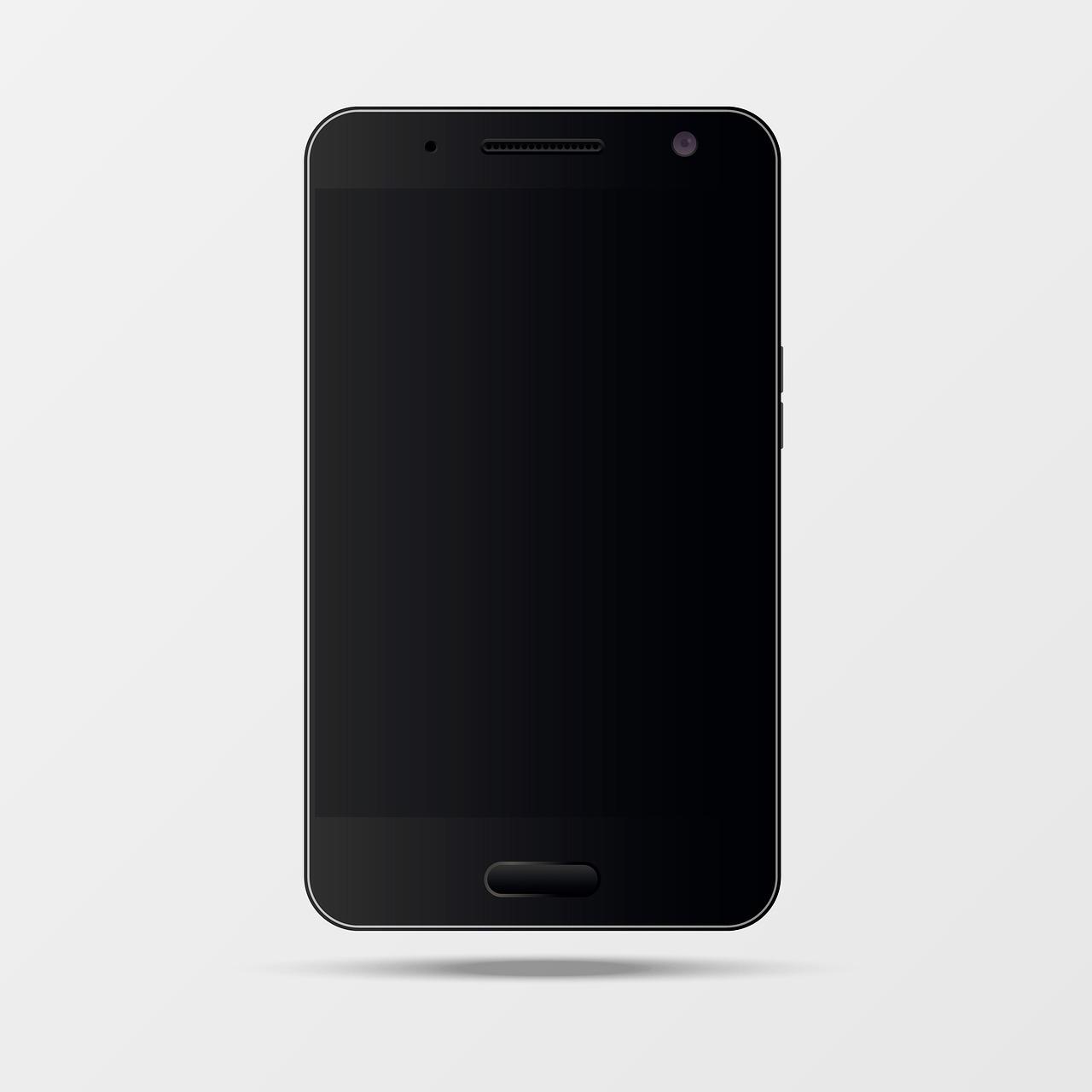
Integrating Smart Appliances for Sustainable Living
Embracing smart appliances is a pivotal step towards achieving a more eco-friendly lifestyle. Smart refrigerators not only can keep your food fresh but can also help minimize waste with their inventory tracking features. By sending reminders about expiration dates or suggesting recipes based on what you have, these appliances efficiently reduce spoilage, leading to significant cuts in food waste. furthermore, many smart fridges come with energy-efficient settings, allowing you to control power usage down to the watt.
Another valuable addition to your home is smart thermostats, which automate temperature control to ensure your heating and cooling systems operate at peak efficiency. These devices learn your habits and preferences, adjusting the system accordingly to save energy when you’re away from home or asleep. By using a smart thermostat, you can easily manage your climate while slashing your energy bills and minimizing your carbon footprint. With the integration of energy usage alerts, these gadgets will notify you of peak energy times so you can align your appliance use for greater savings.
Lastly, consider investing in smart lighting systems that adjust automatically based on the time of day or occupancy of a room. These technologies not only provide convenience but help save energy by reducing unnecessary power consumption. Dimming lights when natural light is available or turning them off when no one is present can significantly contribute towards energy conservation. Coupled with motion sensors, these systems can be tailored to fit your needs, offering both comfort and sustainability in your daily living habits.
Q&A
Q&A: Green & Smart – Energy-Saving Home Automation tips
Q1: What is home automation, and how can it contribute to energy savings?
A1: Home automation refers to the technology that allows you to control various aspects of your home, such as lighting, heating, and appliances, remotely or automatically. By optimizing these systems, homeowners can significantly reduce energy consumption; such as, smart thermostats can adjust heating based on your schedule, ensuring energy isn’t wasted when you’re not home.
Q2: Can you give examples of smart devices that promote energy efficiency?
A2: Absolutely! Some popular smart devices for energy savings include smart thermostats (like Nest or Ecobee), which learn your habits and adjust temperatures accordingly, smart LED bulbs that can be scheduled or dimmed to use less energy, and energy-monitoring plugs that allow you to track and control any device’s electricity usage right from your smartphone.
Q3: How can homeowners use automation to optimize heating and cooling?
A3: Homeowners can set up automated heating and cooling schedules through smart thermostats, ensuring that systems run only when needed. For example, you can program your thermostat to lower the temperature when you’re away and start warming up before you return. Additionally, integrating smart window shades can help regulate indoor temperatures by blocking heat during hot days or allowing sunlight in during cooler months.
Q4: Are ther specific tips for automating lighting to save energy?
A4: Yes! Automating your lighting can be incredibly efficient. Consider using smart bulbs that can be scheduled to turn on or off based on your routines. Motion sensors can ensure lights turn off automatically when a room is unoccupied. Additionally, creating scenes that adjust the brightness based on the time of day can definitely help minimize energy use while enhancing ambiance.
Q5: What about home appliances and their automation for better energy management?
A5: Smart appliances can greatly improve energy efficiency. As a notable example, smart refrigerators can monitor food items and notify you when they are nearing expiration, reducing waste. Smart washing machines can schedule washes during off-peak energy times, helping you take advantage of lower electricity rates. These devices often come with energy-saving modes that adjust operation based on the load size and energy availability.
Q6: Is retrofitting an older home with smart technology a viable option?
A6: Definitely! Retrofitting your home with smart technology can be a great investment. many smart systems, like Wi-Fi-enabled plugs and smart light switches, don’t require extensive rewiring. Just ensure you choose devices that are compatible with the existing systems in your home. Gradual integration allows you to modernize your space at your own pace while enjoying immediate benefits of energy savings.
Q7: How can I assess the effectiveness of my home automation efforts?
A7: To gauge your energy savings, start by tracking your utility bills before implementing automation. after a few months of using smart devices, compare your bills to see the difference.many smart home systems also have built-in energy usage analytics, providing insights into where you’re saving the most. This data can definitely help you adjust settings further for even greater efficiency.
Q8: What’s a final takeaway for those interested in green and smart home automation?
A8: Embracing energy-saving home automation is not just about incorporating the latest technology; it’s about creating a sustainable lifestyle. Start small, choose devices that fit your lifestyle, and gradually expand your smart home ecosystem. Every step you take toward automation not only makes your home more cozy but also contributes to a more sustainable future.
Concluding Remarks
As we stand on the cusp of a more sustainable future, integrating smart technology into our homes not only enhances our convenience but also plays a vital role in conserving energy and protecting our planet. By embracing these energy-saving home automation tips, you can create a living environment that aligns with both your lifestyle and your commitment to the environment. From intelligent lighting systems that adjust to your needs to advanced thermostats that learn and adapt, the possibilities are endless.Remember, each small step toward energy efficiency can result in significant savings—not just on your utility bills but also in your ecological footprint. By making informed choices and utilizing smart technology, you have the power to transform your home into a hub of innovation and sustainability. So, take the leap into the future, and watch as your home evolves into a smart sanctuary that reflects your values and vision for a greener world.Embrace the change, and let your home be a beacon of efficiency and responsibility in an ever-evolving landscape.
